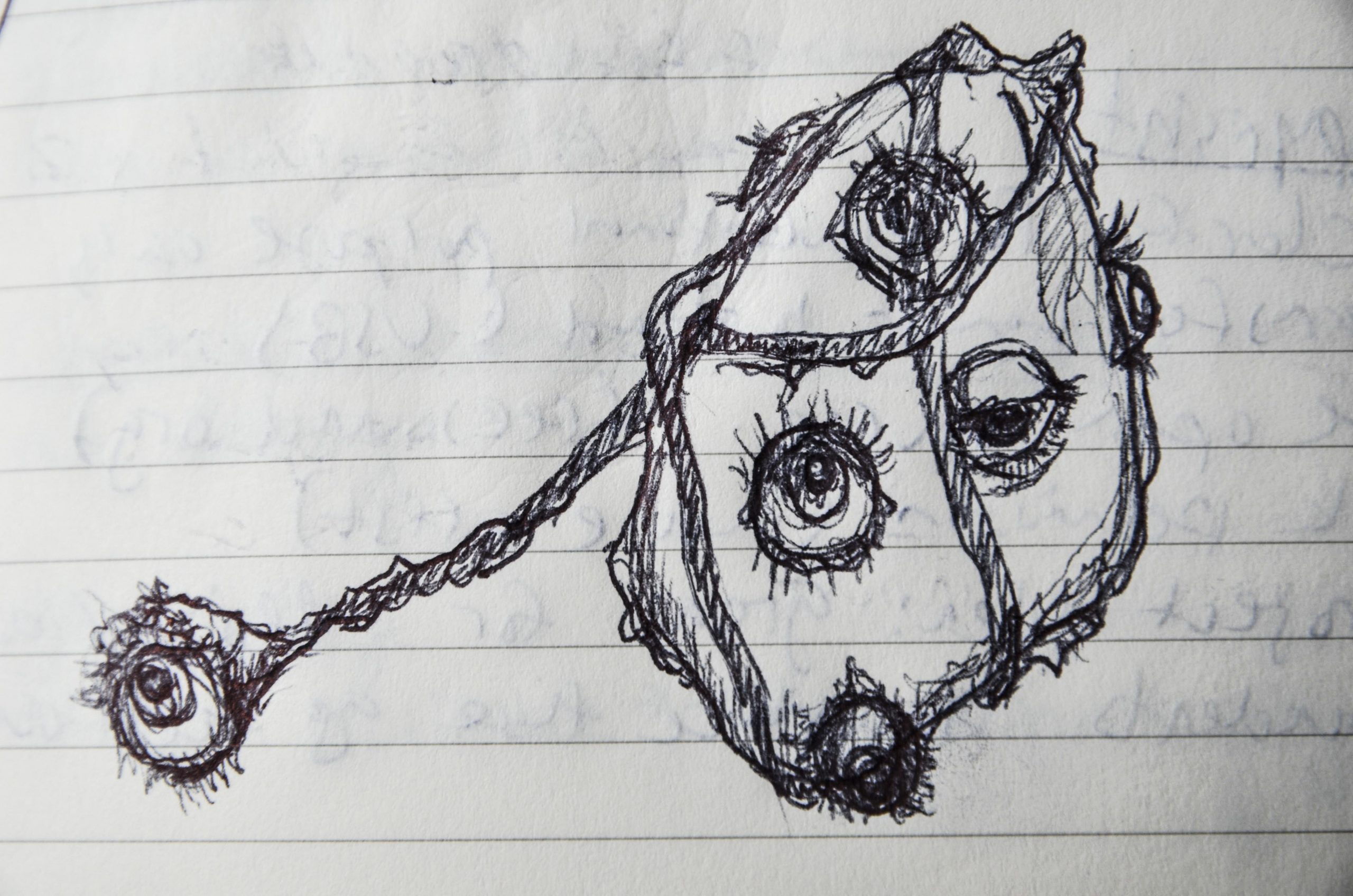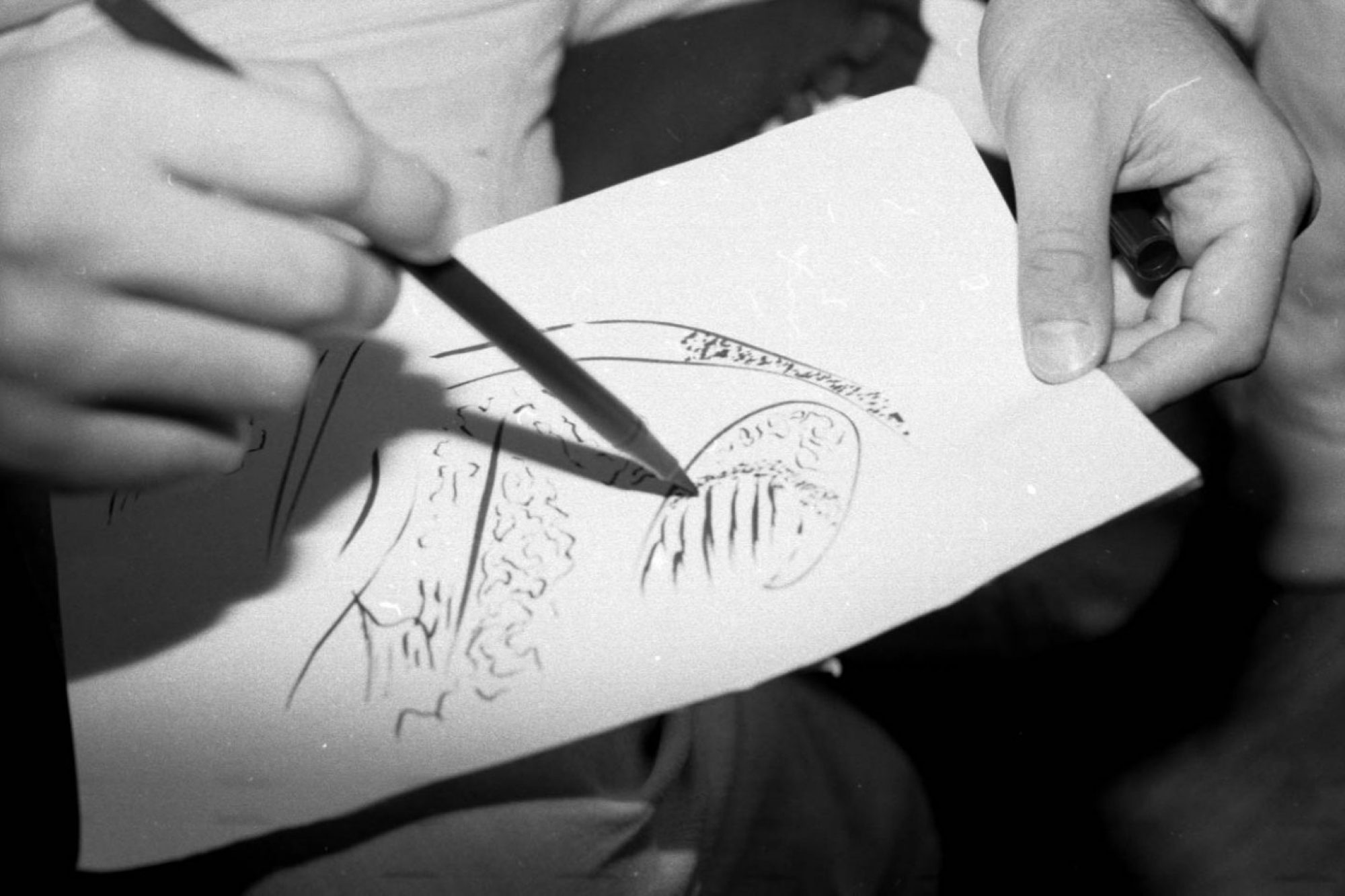Curriculum Change for the 21stCentury
Source: Freedman, K., & Stuhr, P. (n.d.). Curriculum Change for the 21st Century: Visual Culture in Art Education.
Initially, I appreciated the broad term “Visual Culture” introduced by Kerry Freedman and Patricia Stuhr as a production and exchange of identities, technologies and representations (read my second reflection on the next article for how my sentiments changed.) Understanding visual culture will help students understand their place in the world.
Although I agree that visual culture must be addressed and embedded into the art curriculum, along with the intersection of other ‘non-art’ subjects (math, science, etc.), I believe Freedman and Stuhr envision a creative utopia without the technical constraints of high art.
“Of course some technical exercises are important to art education, but to emphasize this model of instruction confounds the importance of art.” (Freedman and Stuhr, p. 821).
I believe technique and format need to be taught and enforced, but not from a Eurocentric Western perspective. Technique and history are the grounding point for concept, giving students a base to learn and experiment. I do agree that traditional perspectives on art education such as: art being inherently good, a consistent emphasis on realistic representation, and art maintaining childlike qualities automatically being connected to self expression, need to be challenged.
Question: Where and how is there room for play if the curriculum is changed to build students into more responsible citizens?

Beyond Visual Culture
Source: Paul E. Bolin & Doug Blandy (2003) Beyond Visual Culture: Seven Statements of Support for Material Culture Studies in Art Education, Studies in Art Education, 44:3, 246-263, DOI: 10.1080/00393541.2003.11651742
I am glad that this article challenges the previous article in its use of the term Visual Culture. I find myself passively ignoring the importance of the way we use language to permit, dismiss, and regulate people. By replacing Visual Culture with the term Material Culture, there is an effort to include the multi-sensory experience of human made objects, forms and expressions that we frequently engage with and rely on. I drew many connections to this article from other courses I have taken on Art and Disability and also Semiotics.
To subvert language’s authority, we must check into its history, ask “who owns which words?”, and realize that words have more than one definition. For example, Bolin and Blandy’s article list numerous historical definitions of material culture on page 249, therefore giving the reader multiple perspectives and definitions to read from. Similarly, reading and understanding material culture is difficult to do so responsibly, relying on various sources of knowledge and skills (Blandy and Bolin, p. 252).
Furthermore, the multi-sensory experience must be scrutinized. I found the example of certain computer games being potentially damaging multi-sensory experience to be quite interesting. Whereas the audience member is a passive participant in watching a film or TV, gamers immediately partake in someone else’s point of view, which is something I never thought about. I understand the tactics, which seem obvious to me, in how advertisers combine art, fashion, and installation to create a confusing experience for the consumer (What is the product? Or is it art?) But I never realized the immediacy of the game-creators’ influence in first-person gaming.
Question: What are the dangers of intersecting or mistaking nature from material culture?
